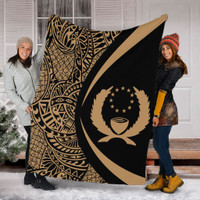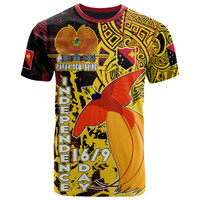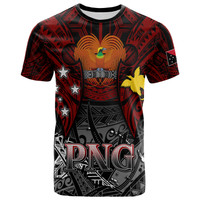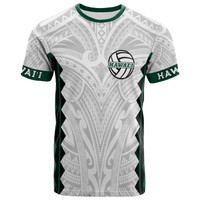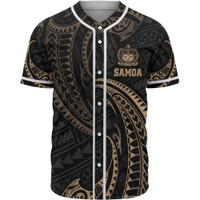15 Samoan Words You Need to Know When Visiting Samoa
Posted by Maris on 10th Feb 2025
Traveling is all about discovering diverse cultures. One of the most basic steps in becoming absorbed in new surroundings is to begin speaking the local language. Speaking of which, this list of Samoan terms to learn before visiting Samoa is an excellent place to begin.
Don't get us wrong: you don't need to be proficient in Samoan to get around in Samoa. Younger Samoans particularly those who live and work in Apia and the main resorts are usually fluent in English. On the other hand, knowing some Samoan vocabulary is useful while visiting villages, where it is best to speak English slowly and clearly in order to be understood, and locals often appreciate the effort you make to speak their language.
1. Talofa. - Hello!

Learning a new language frequently begins with the same greeting: hello, or talofa (tah-lo-far) in Samoan. Talofa is the most common method to say hello in Samoan, but alternative greetings include the following:
Talofa lava translates to "hello" in formal language.
Mālō is an informal greeting.
Mālō le soifua means hello/good health.
How Should You Respond to Talofa or Talofa Lava?
Respond to talofa or talofa lava with the same word: "Talofa Lava!"
2. Tofa: Goodbye.
Speaking of greetings, it's also useful to know how to sign out! Tofa (toh-far) means "goodbye" and is easy to remember once you've learned talofa. Again, there are many methods to say farewell, such as:
Tofa, goodbye.
Tofa soifua – Goodbye (formal) Toe feiloa'i (see you later)
Feiloa'i Taeao - See you tomorrow!
Manuia – Goodbye (wishing someone well).
3. Manuia Le Aso: Have a good day.

Manuia (ma-noo-ee-ah) is a fairly frequent Samoan word that can be used to wish someone well in any scenario and also to say goodbye. So, to wish someone a good day, say "Manuia le aso!" Other methods to use manuia are:
Manuia le Taeao - Good morning.
Manuia le aso, have a pleasant day.
Manuia le afiafi: Have a good evening.
Have a pleasant night.
4. Fa'afetai (Tele) - Thank you very much.
Samoans are very accommodating, so there will definitely be a few moments when you want to express your thanks by saying thank you (assuming your mother taught you correctly)! Fa'afetai (fa-ah-feh-tie) means "thank you," or you can go one step farther and say fa'afetai tele, which means "thank you very much".
5. Fa'amolemole – Please

In terms of etiquette, if you wish to say "please" at the end of a query, say fa'amolemole.
6. Tulou Lava: Excuse Me (When Passing in Front of Someone)
In Samoa, it is customary to say tulou lava when passing in front of someone.
7. Ioe said yes, while Leai said no.
These two simple concepts are crucial to be able to explain no matter where you are in the globe, so when you visit Samoa, remember that Ioe (ee-oh-e) means "yes" and Leai (le-ai) means "no".
8. O ā Mai 'Oe? - How are you?
To initiate a courteous conversation, begin with "'O ā mai 'oe?" or "How are you?" The most usual response is "Manuia fa'afetai", which means "Fine thank you". If the conversation continues, you may say "Manuia fo'i fa'afetai," which means "Fine also thank you," or "Feoloolo," which says you're not doing so well.
9. Tasi, Lua, Tolu: One, Two, Three...

...fā, lima, ono, fitu, value, via, and fefulu! Now you can count from one to 10 in Samoan! Other useful Samoan numbers include:
Lua sefulu (20), Lima sefulu (50), Selau (100), and Afe (1,000).
10. Fa'a Samoa—The Samoan Way
The Samoan culture, including etiquette, social organization, customs, and traditions, is referred to as fa'a Samoa; the Samoan way.
11. 'Aiga – Family

Because family is vital in Samoan culture, 'aiga is a good term to know in Samoan.Aiga refers to more than just your parents and children; it also includes grandparents, cousins, nephews, and nieces.
12. 'Ava – Kava
'ava, often known as kava, is a significant drink in Samoa and throughout the Pacific Islands. It is prepared from the root of the pepper plant and is frequently shared during ceremonies.
13. Siapo: Tapa Cloth
Siapo is a traditional Samoan craft that involves printing traditional motifs on cloth produced from mulberry tree bark. The cloth is worn at festivals, dancing performances, and rituals, as well as made into purses and other useful keepsakes.
14. Fale – House

Fale is the general word for "house" and is a term that visitors frequently hear because their accommodations, whether on the beach or in a resort bungalow, are referred to as fales. The term "fale" will appear in a variety of buildings, such as "church" (falesa) and "shop" (faleoloa).
15. Tala – Samoa's Currency
Before you go to Samoa, you'll want to know what tala is and perhaps exchange some currency so you can pay in tala. Tala or Samoan tala is Samoa's national currency, sometimes known as ST$, T$, or WST.

